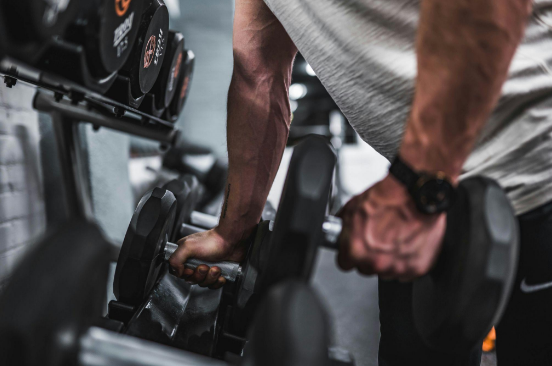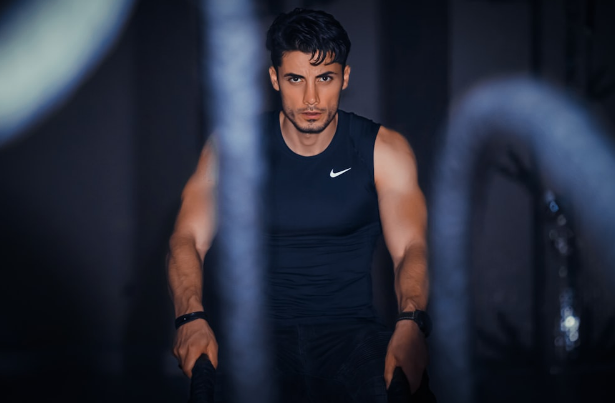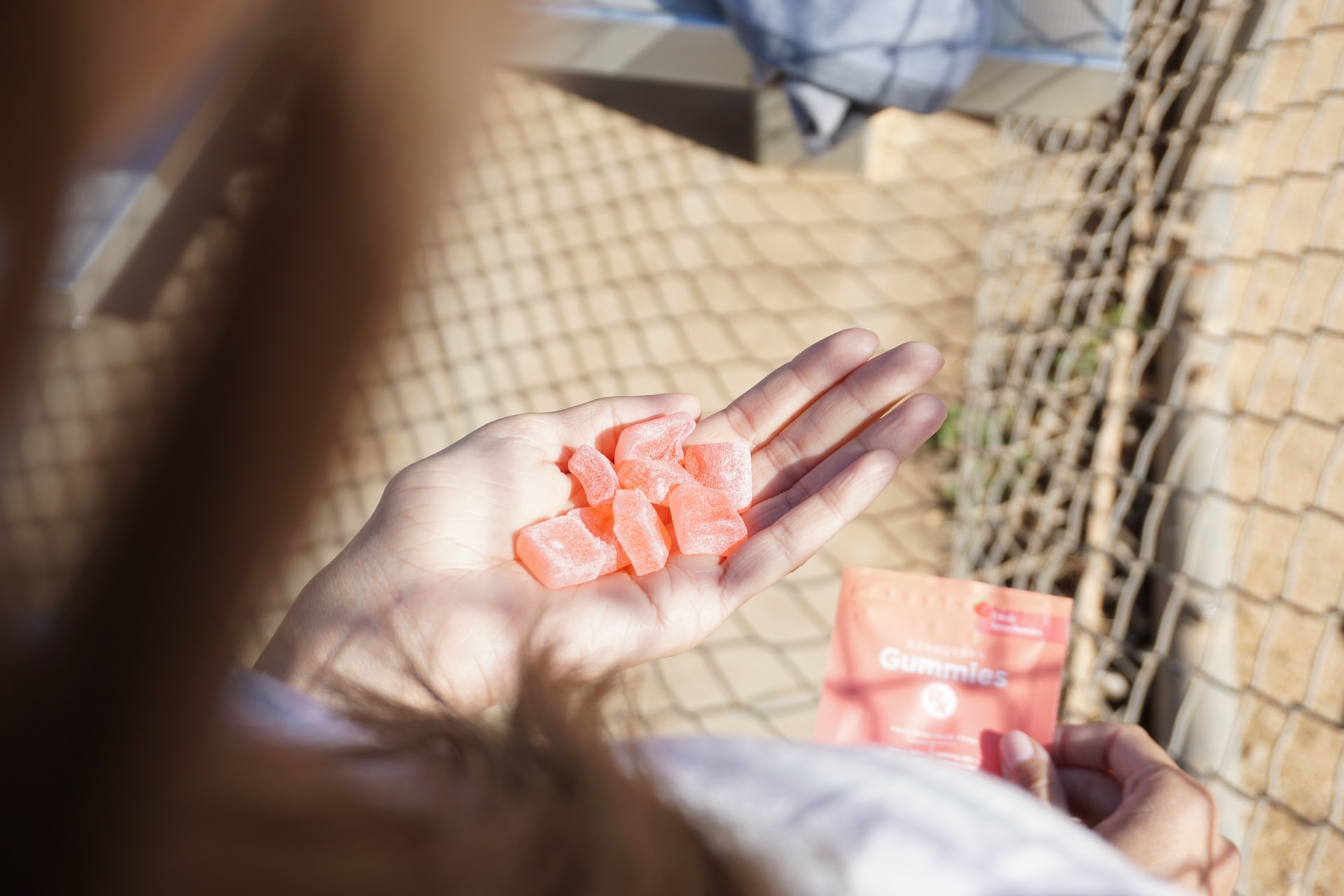The four fundamental swimming strokes are freestyle, breaststroke, backstroke, and butterfly. Although your body position varies during each stroke, push and drag are the primary factors that affect speed. While your arms and legs move you through the water, the water acts as resistance (or drag). Your time will go down if you can move your body through the water for each different stroke.
You can concentrate on the finer details of your Swimjourney Singapore swimming time once you’ve mastered the fundamental arm and leg movements for the stroke you’re aiming to speed up. By making each of these improvements, you can reduce your time by significant fractions of a second:
- Total time spent underwater is represented by the number below.
- Turn time: The time it takes you to turn and start your subsequent lap.
- Cycles: In swimming, a single stroke is equivalent to one cycle. The number of strokes required to complete your timed swim is therefore your cycle count.
Your average stroke speed is measured by your “stroke rate.” You should divide the entire number of strokes you made during your timed swim by the total amount of time to get your stroke rate.
When you set off from the blocks, your reaction time is the time it takes you to go from the block to the water.
In order to obtain precise times for each of these components, you will need some focused coaching. There are many strategies to increase your swimming speed, whether or not you have a coach. Here, we’ll discuss how to swim faster by enhancing your technique, working outside the pool, committing to development, and purchasing the appropriate swimwear.
Keep Your Arm Movement in Mind
You can travel through the water swiftly and effectively by mostly using your arms. You may get your stroke count by counting each time your arm enters the water while performing the freestyle, backstroke, breaststroke, or butterfly. Keep in mind that your arm movements when swimming backstroke and freestyle are not coordinated. As a result, you can choose to count in either half or full cycles.
You will start counting when either arm enters the water during a half cycle. You will only keep track of a whole cycle when either your left or right arm dips into the water. Swimmers can either make their strokes quicker or use fewer strokes to cover a certain distance in order to become faster. Next time you work out, keep track of your strokes. The result can serve as a useful baseline for comparing how various arm techniques affect your overall time and stroke count.
 Freestyle
Freestyle
When swimming freestyle, your arms propel you through the water at a 90% clip, with your legs carrying the remaining 5% of the load. You can therefore increase your speed by perfecting the proper arm technique.
Your arms will alternately move throughout freestyle. One arm is out of the water, arching above your body, the other is in the water, stretched as far forward as it will go.
Your hand and fingers are straight, but your bent arm above the water is not. Your hand will go in the water first, followed by your elbow. Before starting your subsequent stroke, pull forward and let your arm reach all the way to your waist. Your torso will slightly spin in the direction of the arm above you as you switch arms.
Backstroke
Backstroke swimming likewise involves an alternating arm motion, but your arms will be straight when you are out of the water. Keep your arm fully extended as you raise it, and when you lower it into the water, move your upper arm first, then the rest of the arm. After that, the arm does a down sweep.
Then, to assist in propelling yourself through the water, you will drag your bent arm backward. The arm and palm rotate inward to produce the upsweep motion. Then you will raise your arm from the water.
Breaststroke
Proper arm movement in breaststroke swimming starts with both arms spread out in front of you, palms facing outward. You’re going to extend both of your arms. Then, bend your arms until your forearms and palms are in line. Your arms will then start to travel backward before being raised toward your chest with the palms facing inward. After finishing this motion, you will extend your arms in front of you, and the stroke will start over.
Butterfly
The arm motion utilized for butterfly is similar to that used for freestyle, except that both of your arms move simultaneously rather than alternately.
Observing other swimmers can be simple to imitate their arm movements, but the finer subtleties may be missed. Your movements should be refined. Your ability to swim more quickly can benefit from this emphasis on accuracy.
Improve Your Kick
Just as crucial as how you move your arms in the water is how you move your legs. Here’s how to enhance your kick technique to increase swimming speed.
Both freestyle and backstroke use the flutter kick to propel the swimmer through the water. Contrary to popular belief, stronger kicks are not always better. The flutter kick comprises swiftly alternating leg movements up and down. Keep your knees as straight as you can during kicking. Your legs won’t do anything to help you travel through the water if you bend them too far. Focus on producing smaller movements as you kick. You don’t have to use your feet to create large splashes.
Breaststroke: Because your legs move similarly to amphibians’ during breaststroke, the synchronous leg action is frequently referred to as the “frog kick.” Your legs will first rise up beneath your torso as they bend at the knee and hip. Then you bend your knees and turn your toes out while spreading your legs apart. Your legs will move in a circular motion, outward and downward. Step your toes and heels back into a straight line as they near the end of the circle.
The circular motion once more.
Butterfly: The “dolphin kick” is the leg motion utilized in butterfly swimming. Although this kick is simple to learn, perfecting it can be challenging. Your feet will be pointed and your legs should remain straight while you dolphin kick. Your legs will kick rhythmically up and down, like a dolphin’s tail.
 Improve Your Breathing Method
Improve Your Breathing Method
Every breath counts if you want to increase your speed. The first step to better breathing technique is finding the proper head position. Any type of swimming stroke requires your head to remain in line with the rest of your body, creating a single, fluid plane that glides through the water with ease.
When swimming, look down toward the bottom of the pool (or up at the ceiling when doing the backstroke) rather than forward to maintain your head in line with your body. If you look ahead, your body will dive further into the water, adding to your swimming effort.
While freestyle, breaststroke, and butterfly need you to submerge your face in the water with each stroke to be effective, backstroke allows you to breathe more easily because your face is always above the water’s surface. Here are two pointers to enhance your breathing for these strokes:
Exhale when submerged: In underwater swimming competition footage, you can witness expert swimmers blowing bubbles continuously from their noses. That is because they exhale each time they put their face in the water. Exhaling as you turn your head to breathe, as in freestyle, or when your head rises above the water, as in breaststroke and butterfly, may seem like common sense, but there is very little time to exhale and then inhale before your face returns to the water. Breathing shallowly causes fatigue and a significant slowdown in speed.
Once you feel at ease exhaling while submerged, you may concentrate on obtaining the proper breathing rhythm. Make an effort to equalize the length of each inhalation and exhalation. Bilateral breathing is how you should breathe during freestyle exercises. To take a breath refers to turning your head to both sides of your body. Using this technique, you can ensure that you’re equally working the muscles on both sides of your body. You can breathe either bilaterally or unilaterally throughout a race.
When your breathing is under control, you can focus on how your body is moving and how to quicken your pace.
Practice Strength and Flexibility Outside of the Pool
Even when you are not in the water, you can continue to focus on speeding up your swims. Here are some recommendations for flexibility and strength training on dry land that will help you perform better in the water:
Effort your core muscles: Even though it may appear like your arms and legs carry out all of the work when swimming, your core muscles must also be engaged. Keep your core firm if you want to retain good form and increase your speed. Crunches, sit-ups, planks, and scissor kicks are some workouts you may do on land to strengthen your core. Regular exercise is necessary to keep your core strong.
Utilize an exercise ball: Using an exercise ball will help you strengthen the muscles in your shoulders. Lie on your stomach with the exercise ball under you. Put your feet hip distance apart on the ground. Point your thumbs upwards while raising your arms above your head. As you form a “Y,” bring your arms together, then apart. Attempt it again. When increasing your butterfly speed, your shoulder muscles are very important for quickly getting you through the water.
Stretching is a crucial part of warming up for swimming and other forms of exercise. It aids in maintaining flexibility in your muscles and joints and helps ward off stresses that would make you swim more slowly. Your chest muscles, neck muscles, quadriceps, calf, hamstrings, hip flexors, and latissimus dorsi muscles in your back are all excellent places to concentrate on improving your flexibility.
Test Out Various Drills in the Water
You can use these tactics during other aquatic drills once you feel in control of your strokes and breathing. The following exercises are effective for the four main styles of swimming:
Try swimming freestyle using only one arm. Either pin your left or right arm to your side or hold it out straight in front of you. Then, walk one arm’s length of the pool while kicking with both legs. To maintain both sides of your body balanced, switch arms. Next, alter the speed of your arm movements. Swim eight times at a slower pace after four faster strokes with your arms. If you want to improve, take your arms out of the equation when practicing your kicks.
Holding onto a kickboard, concentrate on your flutter kick as you complete laps.
Drills for the breaststroke are comparable to those for the freestyle. While keeping your other arm in front of you or by your side, swim laps using just one arm. Exchange the arms. Grab a kickboard and perform laps using only the breaststroke leg action when you want to improve your kick technique.
Backstroke: For the backstroke, you can try exercises that strengthen your leg and core muscles. With your right arm raised and your left arm lowered, try three sets of 25 meters. Try three more sets, switching the up and down arm positions. Another exercise is evenly distributing your arms while alternating six kicks with your right and six with your left leg.
Butterfly: By performing laps with the flutter kick, you may concentrate on perfecting your butterfly arm movement. Try swimming butterfly with short fins to improve your leg movement. You can finish the arm movement after a few leg movements during this exercise. Swim the stroke with clenched fists when you want to combine the arm and leg movements. By doing this, you’ll be able to coordinate your arms and legs better.
Recognize the Influence of Practice
One of the most crucial suggestions for swimming faster is to practice. Without regular swimming, you cannot develop and maintain appropriate technique or increase your total speed. This suggestion does not require you to spend all of your time in the pool, but it requires you to commit to including swimming in your daily routine.
Improvement is feasible with at least two to three intense workouts per week. To determine what works for you, try out several drills. If you find it difficult to visit the pool as frequently as you’d like, practice swimming on dry land.
Set objectives
You must carefully monitor your development if your goal is to learn how to swim faster. Set objectives for yourself and track your progress. Of course, everyone will have distinct aims, but the following are some common objectives to take into account:
Swimming 50-yard exercises is a wonderful way to increase your speed. Keep track of your swimming distance. Check to see whether it is 95 seconds or less. If not, try to reach that figure. Aim for five seconds faster if you can swim 50 yards in 95 seconds. See if you can finish it sooner once you reach 90 seconds. Work on sustaining your peak time across several sets once you’ve hit it.
100-yard times: Aim for a time of 160 seconds when swimming 100 yards. Then, challenge yourself to finish 100 yards in 125 to 140 seconds. See how many sets you can complete when you are at your most efficient.
What timeframe do you have in mind for achieving your goals? Create a plan based on a goal date that you have set. A strong motivator is having a specific goal in mind.
Organize your objectives into doable steps: You want to run a fantastic time. That’s fantastic, but how will you get there? Plotting out your route to your destination step by step can help you achieve your goal. Aim to enter the pool a particular amount of times each week as your initial objective. Set more manageable objectives to gradually reduce your race time.
Swimming is a competitive sport, but don’t let that deter you from pursuing your own objectives. Define your own success. Practice by concentrating on your own actions rather than those of the person in the lane next to you. Always remember to rejoice when you hit a milestone or complete a task.
 Invest in the Proper Swimwear and Equipment
Invest in the Proper Swimwear and Equipment
While having the right equipment is important, proper technique, training, and practice make up the majority of improving your swimming speed. Here are three essential pieces of equipment to help you perform at your best.
The ideal swimsuit would fit your body like a second skin, positioning you to drag as little as possible in the water. Competitive swimmers’ swimsuits are made to be as hydrodynamic as possible.
Many athletes swear by tech suits for their ability to perform better when swimming.
Whether it’s a tech suit or not, the key to selecting the appropriate swimwear is finding something that is comfortable and fits you well.
Goggles: The best set of goggles maintains your eyes clear so you can maintain the correct posture for your head and concentrate on the rest of your skill. Try a few different styles to select a pair that suits your eye sockets and is comfortable.
Long hair will cause a little bit more drag in the water, so use a swim cap. A swim hat will be wise if you want to feel even more hydrodynamic (without shaving your head).
You will require the appropriate swimwear and other equipment from a dependable seller if you want to perform at your best. You may get the ideal swimsuit, goggles, swim hat, and other accessories from All American Swim to increase your swimming speed quickly. In the sea, every little bit matters. To find the ideal suit for your workouts, look through our tech suits and swimwear collection. Your personal best time is within reach when you have the appropriate tools and the will to succeed.





